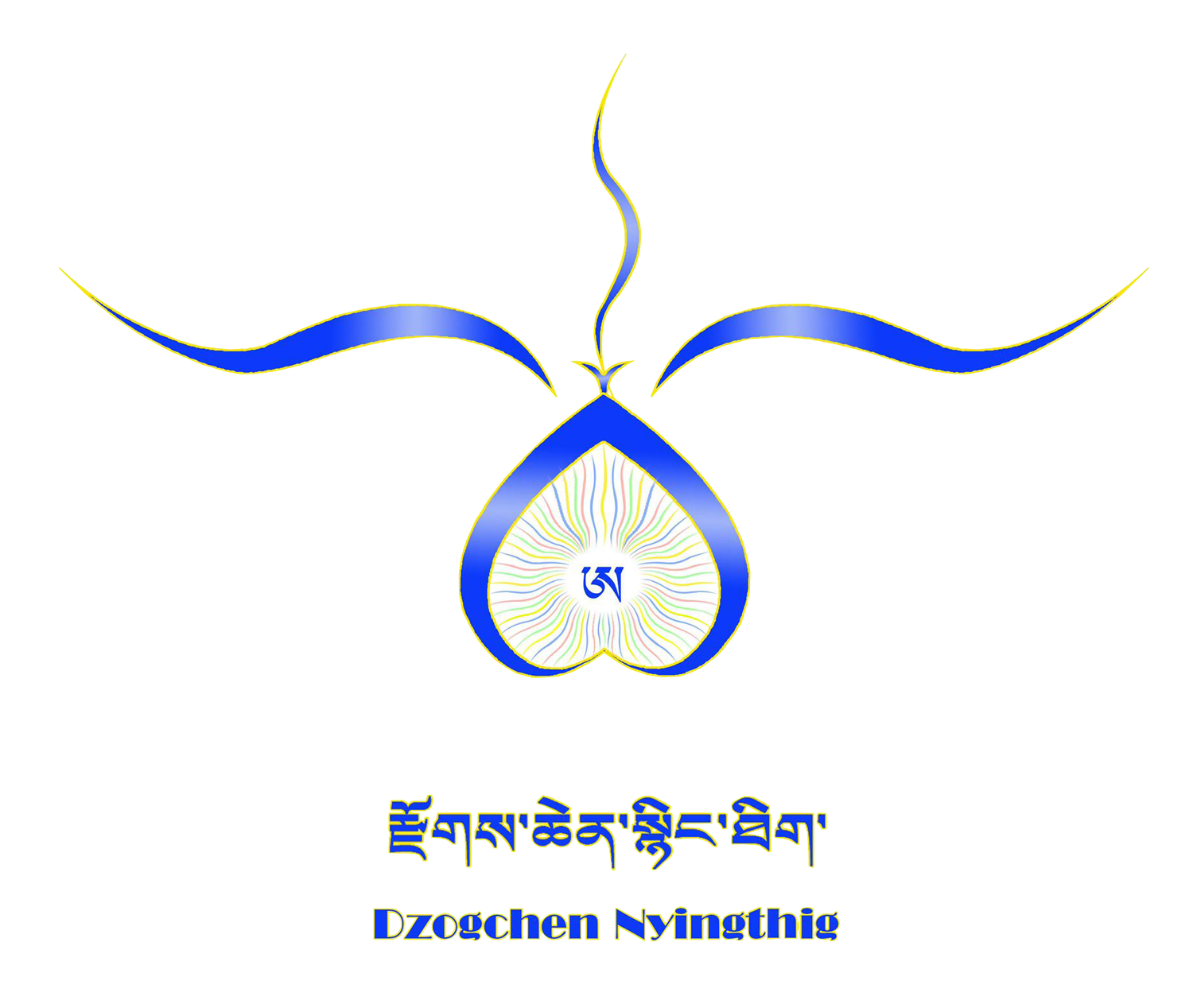
“Whatever helps sentient beings, we need to focus on!
Don’t be concerned with fake things of this world!
Without pride, use what you are good at for the benefit of others!
At all times, execute excellent dharma in all situations!
Keep track of what you are doing and what appears in your mind!
The Lama and disciple are inseparable!”
A. Rinpoche
KUnsang Ling Meditation center
On March 6, 2023, venerable Rinpoche suggested that Kunsang Wangmo and friends should create a Dharma center in Germany to disseminate and practice the nondual teachings of his ancient Atiyoga or Dzogchen tradition and lineage. Rinpoche gave the center the name ‘Dzogchen Nyingthig Kunsang Ling’, which means ‘Sanctuary of Samanthabadra of the Heart Essence of the Great Perfection’.
Kunsang Ling is an international Dzogchen Meditation center offering regular Meditation groups, Dharma teachings and retreats.
Samanthabadhra is the primordial Buddha or Dharmakaya Buddha (Ati Buddha) and a great Bodhisattva. Just like in this image, he is often portrayed in indivisible union with his consort, Samanthabadri.
Kunsang Wangmo
Kunsang means Samanthabadri and Wangmo means powerful Lady or Queen. Therefore, Kunsang Wangmo means “The powerful Lady Samanthabadri”.
Kunsang Wangmos spiritual journey started at age 12, where she sought out a Hindu spiritual teacher to learn Meditation and became a vegetarian.
At age 19 she visited India for the first time and fell in love with the country, especially with the spiritual side of India. From there on, she attended many retreats and studied with multiple teachers and traditions in the Hindu Pantheon. She studied Raja Yoga and the Patanjali Yoga Sutras many years in depth, devoted her heart to Bhakti Yoga and spend years learning and practicing Advaita Vedanta and Tantra.
Her first contact with Buddhism was via Zen at age 19 and later extended to Theravada and the Vipasana tradition.
She always felt attracted and at home with Tibetan Buddhism, rejoiced in spending time at Tibetan Monasteries in South India and at Boudanath Stupa in Kathmandu, but did not feel clarity to enter the path till she met A.dzom Rinpoche.
Visions of a Red and White Dakini guided her to Rinpoche. When she met Rinpoche for the very first time, her heart bursted open with uncontrived devotion, and she knew immediately that she had finally come home and met her Root- and Heart Lama.
In 2023 her Guru asked her to lead and open the center Kunsang Ling. In 2025 Rinpoche told her to teach and spread the Dharma.
Kunsang Wangmo is professionally trained in Psychotherapy and guides people in one to one and group settings. She also teaches and trains aspiring Psychotherapists in Clinical Psychology.


